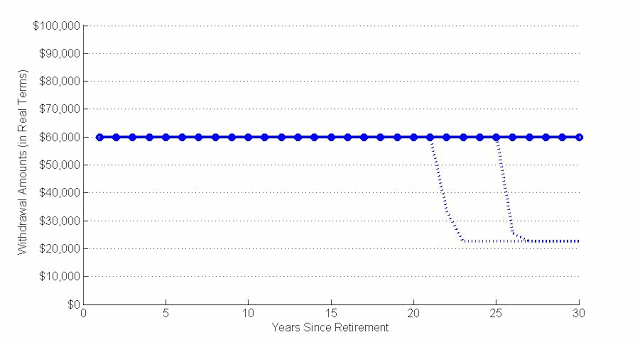
Claiming SS at 62 or 70: A Comparison
If you want to retire at 62 and you want to maximize your bequest, don't claim Social Security benefits at age 62, an American College retirement professor advises. Better to delay Social Security until age 70 and fill the income gap with an eight-year period certain annuity.


